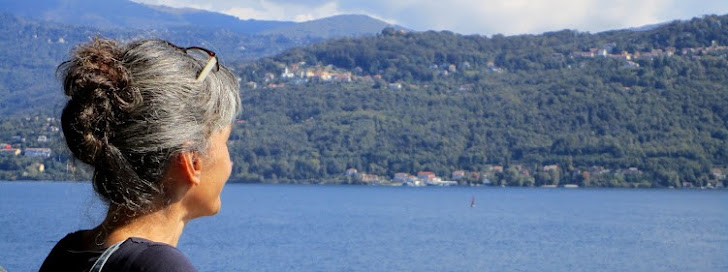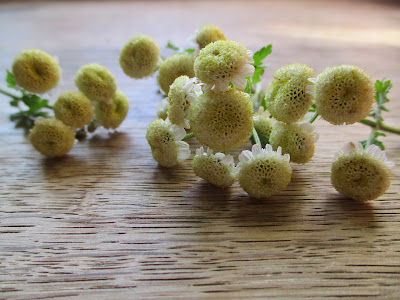
"The person figured here is not an autonomous, rational actor but an unfolding, shifting biography of culturally and materially specific experiences, relations, and possibilities inflected by each next encounter (...) in uniquely particular ways." (Lucy Suchman, Human-machine reconfigurations: plans and situated actions, 2009, 281)
Jul 31, 2023
July
Jul 30, 2023
July
Jul 19, 2023
July
Jul 18, 2023
July
Jul 17, 2023
July
Jul 2, 2023
nearness, seasonality and sustainability
navetes
Navete ou lançadeira. Portuguese words used for shuttle. "A shuttle is a tool designed to neatly and compactly store a holder that carries the thread of the weft yarn while weaving with a loom. Shuttles are thrown or passed back and forth through the shed, between the yarn threads of the warp in order to weave in the weft. The simplest shuttles, known as "stick shuttles", are made from a flat, narrow piece of wood with notches on the ends to hold the weft yarn" ( Wikipedia ).
In my tapestries I use repurposed ice cream sticks for the wool or cotton parts. For the plant parts it´s hands work, our best tool. Also in the photo, you can see two handmade wood needles, seldom used, but useful when needed more precision work.
Photo by Monica Pinheiro, free to use if you respect the license CC BY-NC-SA (CC).







